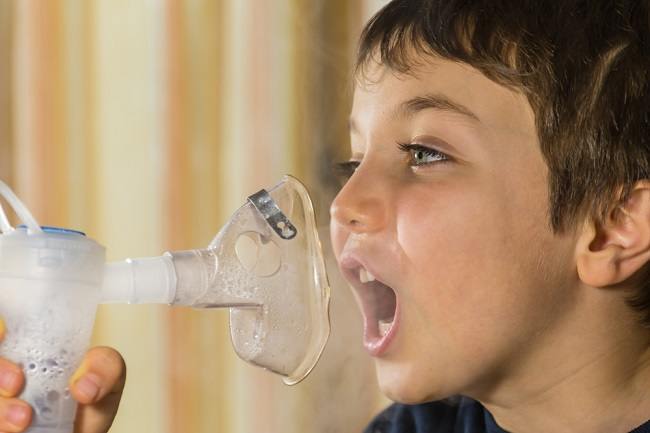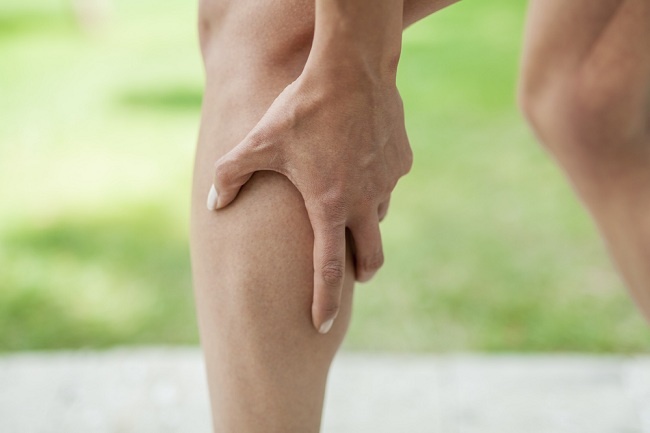There is one alternative method other than hemodialysiswhich can be used in the washing process blood.Her name is CAPD. On this method, the hose is not mounted on the arm, but in the abdominal cavity.
Kidneys function to filter waste substances in the blood and dispose of them through urine. When the kidneys fail to perform their functions, waste substances accumulate in the body and cause harmful effects. So that this does not happen, people with kidney failure need help to filter waste substances from the blood. This filtering process is known as dialysis.

Dialysis can be done by two methods, namely hemodialysis (dialysis) and peritoneal dialysis (dialysis through the stomach). This second method is called CAPD.
How CAPD Works
CAPD (ccontinuous ambulatory perytoneal ddialysis) begins with the surgeon making a small hole near the navel of the patient. This small hole is useful for inserting a tube (catheter) into the abdominal cavity (peritoneal cavity). The catheter will be left in the abdominal cavity so that the patient can perform the dialysis process on their own. Here's the flow:
- Each time they want to do dialysis, patients with kidney failure must connect a bag filled with new dialysate fluid to the catheter and wait for the fluid to fill the abdominal cavity.
- The dialysate is then left in the abdominal cavity for several hours. When blood passes through the blood vessels in the peritoneum, the remaining substances from the blood will be absorbed by this dialysate fluid.
- Dialysate fluid that has been mixed with residual substances will be drained out through the stomach into another empty bag.
This process should be done by the patient about 4 times per day. Each fluid exchange process usually takes about 30 minutes.
Superiority CAPD
Compared to hemodialysis, CAPD has several advantages, including:
1. Patients with kidney failureno need to go back and forth to the hospital
Patients undergoing hemodialysis usually need to visit a hospital or clinic at least three times per week. Each visit takes about 4 hours for the hemodialysis process. CAPD can be done alone at home without the need for a hemodialysis machine, so patients do not need to regularly visit hospitals or clinics for dialysis.
2. The equipment used for CAPD is portable (easy brought)
CAPD equipment is usually just a bag of dialysate fluid, clips, and a catheter to drain dialysate fluid into the abdominal cavity. Because it is easy to carry, CAPD allows users to travel more freely. CAPD is also easier to use by patients who live far from a hospital or health facility.
3. Food restrictions or restrictions on CAPD users are less
Because the dialysis process with CAPD is done every day and not just three times per week, CAPD users generally will have a lower risk of accumulation or buildup of potassium, sodium, and fluids. This causes CAPD users to be more flexible in managing food and drink intake compared to hemodialysis users.
4. Kidney function can last longer
CAPD users may be able to maintain kidney function longer than hemodialysis users.
5. Better for the heart and blood vessels
With CAPD, patients with kidney failure can better control the amount of fluid in the body. This will reduce the workload of the heart and the pressure in the blood vessels.
Ririsk of CAPD
Every medical procedure has its drawbacks. This means that despite the advantages of CAPD, this method still has risks for people who undergo it. Some of them are:
1. Infection
The skin area around the catheter can become infected with bacteria if it is not kept clean. The risk of infection in CAPD is quite high because users need to open and close the catheter and change dialysate fluid regularly. Once inside, bacteria can infect the peritoneum and cause peritonitis. Symptoms include high fever, abdominal pain, nausea, vomiting, and cloudy dialysate.
2. Hernia
CAPD users will hold the dialysate fluid in the abdominal cavity for a long time. This condition puts pressure on the abdominal wall. Continuous pressure will cause weakness in the abdominal wall. As a result, organs in the stomach, such as the intestines, can protrude and form a hernia.
3. Weight gain
Dialysate fluid contains a sugar called dextrose. Absorption of this fluid in excessive amounts can cause the body to excess calories and gain weight. It can also make diabetes worse.
4. Dialysis is not optimal
Over time, the effectiveness of CAPD in cleansing the blood may decrease, so patients with kidney failure may need to switch to hemodialysis.
Taking into account all the benefits and risks of CAPD, patients with kidney failure are expected to be able to choose the most appropriate blood and fluid filtering method for themselves. Do not hesitate to consult a doctor so that he is given the appropriate explanation and treatment.
Written by:
dr. Irene Cindy Sunur









